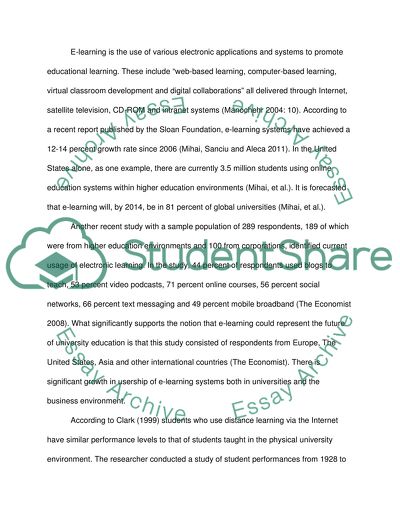Cite this document
(“What do UEL students think about the future of university education Assignment”, n.d.)
What do UEL students think about the future of university education Assignment. Retrieved from https://studentshare.org/education/1586253-what-do-uel-students-think-about-the-future-of-university-education
What do UEL students think about the future of university education Assignment. Retrieved from https://studentshare.org/education/1586253-what-do-uel-students-think-about-the-future-of-university-education
(What Do UEL Students Think about the Future of University Education Assignment)
What Do UEL Students Think about the Future of University Education Assignment. https://studentshare.org/education/1586253-what-do-uel-students-think-about-the-future-of-university-education.
What Do UEL Students Think about the Future of University Education Assignment. https://studentshare.org/education/1586253-what-do-uel-students-think-about-the-future-of-university-education.
“What Do UEL Students Think about the Future of University Education Assignment”, n.d. https://studentshare.org/education/1586253-what-do-uel-students-think-about-the-future-of-university-education.


